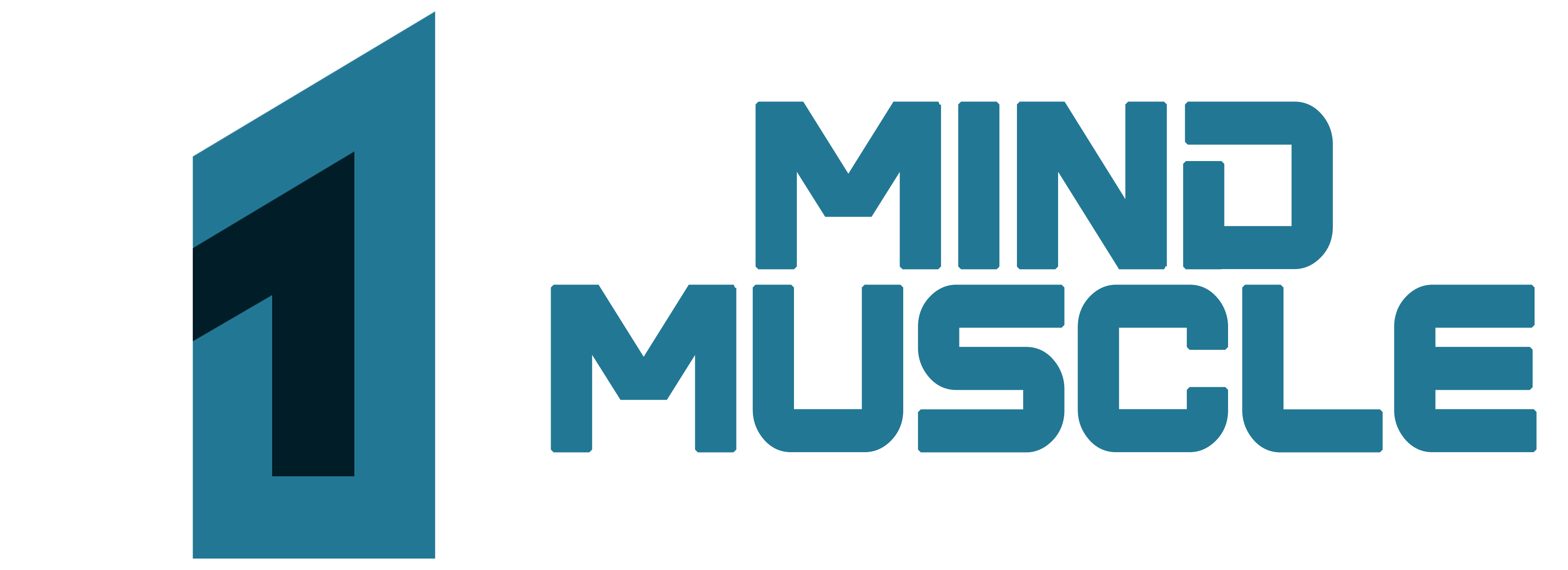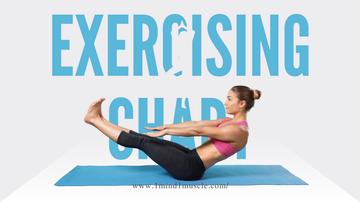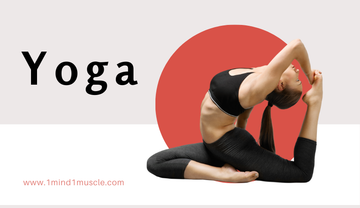Introduction: Exercise is one of the most powerful tools for improving your overall health and well-being. Whether you're looking to boost energy, lose weight, or simply feel better daily, incorporating regular exercise into your routine can make a difference. But to get the best results, having an exercising chart can be incredibly helpful. It provides structure and ensures you stay on track to meet your fitness goals. In this article, we will explore the various types of exercise, their benefits, and how using an exercising chart can make your fitness journey more effective and enjoyable.

Why Exercise is Crucial for Your Health
Regular exercise is essential for both your body and mind. From strengthening muscles to improving cardiovascular health, there's no aspect of your well-being that exercise doesn't impact. One of the best ways to ensure you stick to your fitness goals is by creating a personalized exercising chart. This chart can help you keep track of your workouts, monitor progress, and maintain motivation.
Here are a few reasons why exercise should be part of your daily routine:
- Boosts Mood: Physical activity stimulates the production of endorphins, your body’s natural "feel-good" hormones.
- Improves Cardiovascular Health: Regular exercise strengthens the heart, lowers blood pressure, and helps manage cholesterol levels.
- Increases Strength and Flexibility: Whether through strength training or yoga, exercise improves muscle tone and flexibility.
- Boosts Immune Function: Regular physical activity can boost your immune system, making you less susceptible to illness.
- Supports Weight Management: Consistent exercise helps burn calories and regulate metabolism, making it easier to maintain a healthy weight.
An exercising chart makes tracking these benefits easier, visually representing your workouts and progress.
Different Types of Exercise You Can Try
There are various types of exercise, each offering its own set of benefits. To make sure you cover all aspects of fitness—strength, endurance, flexibility—create a detailed exercising chart that includes different exercise types. Here are some options to consider:
1. Cardiovascular Exercise
Cardio exercises like running, cycling, swimming, or even brisk walking improve heart health and endurance. Adding cardio to your exercising chart ensures you regularly work on your cardiovascular fitness. Even 30 minutes of moderate-intensity cardio a few times a week can offer significant health benefits.
2. Strength Training
Strength training builds muscle and increases metabolism. Lifting weights or doing bodyweight exercises like squats or push-ups can be added to your exercising chart for muscle toning. This type of exercise is excellent for burning fat and increasing lean muscle mass.
3. Flexibility and Mobility Work
Yoga, Pilates, and stretching exercises are essential for improving flexibility and mobility. Regularly adding these exercises to your chart can enhance joint health, improve posture, and reduce stress.
4. High-Intensity Interval Training (HIIT)
HIIT involves short bursts of high-intensity exercise followed by brief rest periods. It is highly effective for burning fat and improving cardiovascular health. To achieve efficient results, make sure to track your HIIT workouts in your exercise chart.
How Much Exercise Do You Need?
“How much exercise do I need?” is a common question. The answer largely depends on your fitness goals, but a general guideline is:
- For overall health, 150 minutes of moderate-intensity exercise or 75 minutes of vigorous exercise per week. Aim for more frequent sessions or strength training a few times a week for weight loss or more intense fitness goals. Your exercising chart should reflect your goal and progress accordingly.
The Importance of Consistency
Exercising regularly is more effective than doing sporadic intense workouts. Your exercising chart helps maintain consistency by showing you exactly what exercises to focus on each week. With a clear chart, you’ll have no excuse to skip your workouts, which will make a noticeable difference over time.
Tips for Creating an Effective Exercise Routine
Creating a balanced and sustainable exercise routine is essential for long-term success. Here are a few tips to help you make your ideal exercising chart:
1. Set Clear Goals
Start by setting clear and achievable fitness goals. Whether it's weight loss, building strength, or improving endurance, make sure your exercising chart reflects those objectives. Write down specific targets, like "complete three sets of 10 squats" or "run for 30 minutes," so you can track your progress.
2. Mix It Up
Variety is key! Mix up your routine with different types of exercises, such as cardio, strength training, and flexibility work. An exercising chart is a great way to plan and balance all workouts to ensure your body gets full benefits.
3. Start Slow and Gradually Increase Intensity
If you're just starting, don’t push yourself too hard. Begin with lighter exercises and gradually increase the duration and intensity. Your exercising chart should reflect this gradual progression to prevent injury and keep you motivated.
4. Track Your Progress
By tracking your performance on your exercising chart, you can visualize improvements over time. This can motivate you to continue, and you’ll gain a sense of accomplishment as you see how far you’ve come.
5. Prioritize Rest and Recovery
Rest is an essential part of any fitness routine. Be sure your exercising chart includes scheduled rest days. This will allow your muscles to recover, reducing the risk of injury and promoting overall health. Sleep, hydration, and proper nutrition are also key to recovery.
The Mental Benefits of Exercise
Exercise isn’t just about physical health; it can profoundly impact your mental well-being. Regular exercise helps reduce stress, improve focus, and boost self-confidence. If you feel stressed, adding a few mindfulness-based workouts like yoga to your exercising chart can help alleviate anxiety and depression.

Exercise for Different Life Stages
Exercise is beneficial at every stage of life. No matter your age, creating an exercising chart that suits your specific needs is crucial for maintaining health:
- Teens and Young Adults: Focus on building strength and agility. Sports, cardio, and strength training can help you develop healthy habits.
- Adults: In your 20s and 30s, aim to incorporate a balance of cardio, strength, and flexibility exercises. Your exercising chart should be flexible to match your evolving goals.
- Seniors: Low-impact activities like walking or swimming should be prioritized. Include strength training to improve bone density and prevent muscle loss.
Conclusion
Incorporating exercise into your routine is one of the best decisions you can make for your long-term health and well-being. But to truly succeed, using an exercising chart will help you stay on track and see consistent progress. By creating a chart that matches your goals and lifestyle, you can ensure that you’re getting the right mix of exercises to support your physical and mental health. Start small, track your progress, and gradually increase your efforts as you progress on your fitness journey. With dedication and an exercising chart in hand, you can achieve the healthier, more potent version of yourself that you’ve always wanted.





